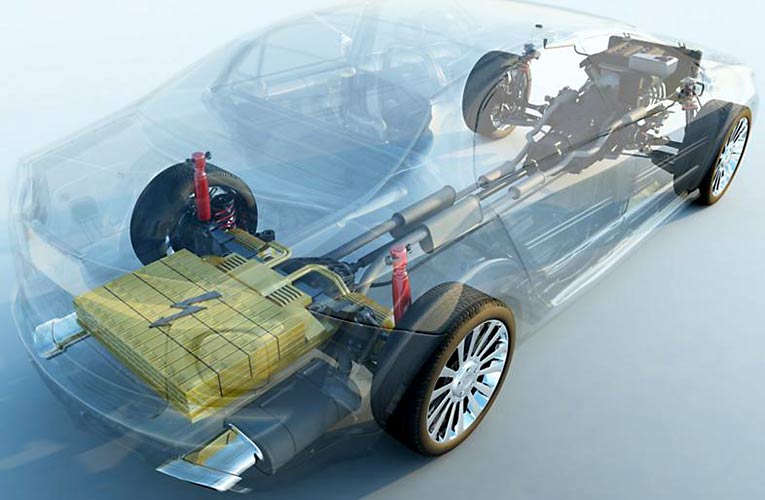
Vehicle manufacturers and suppliers are facing increasingly complex automotive systems as well as a long list of test scenarios to validate the operation of advanced driver assistance systems (ADAS). The list expands with each new consumer-driven innovation, which eventually increases the time to market. This is why National Instruments has partnered with ETAS, the collaboration combines the highly complementary strengths of two companies, the ETAS’s expertise in developing and integration of hardware-in-the-loop (HIL) solutions and NI’s software-defined platform with comprehensive I/O capability.
Most design complexities are faced in the electrified power train that has a motor, inverter, and battery. New innovations are being introduced in each element of the powertrain to improve efficiency and the driving experience. The ETAS NI Systems is developing a Pre-integrated Hardware In Loop (HIL) System that can shorten the design cycle, by reducing the test time to achieve faster time to market. The simulation-based HIL system offers efficient, repeatable and variable methods that engineers can apply to accomplish their test needs simultaneously minimizing costly and risky road testing.
NI HIL systems are built according to a reference test architecture based on best practices observed by leaders in the automotive industry. The EV reference architecture optimizes HIL test of power train power electronics like the traction inverter, DC/DC converter and charger by providing standard starting points for:
- Integrating high-fidelity power electronics and plant models
- Mapping and signal conditioning I/O
- Emulating sensors and loads
- Inserting faults
- Sequencing tests
- Reporting results
High-performance EV HIL systems require coordination from multiple vendors. NI works with companies like OPAL-RT, with its advanced eHS electrical solver and electric machine library, to help ensure seamless high-fidelity model integration. Seamless integration of OPAL-RT models with the test system can help reduce test development times while increasing result resolution, helping customers achieve shorter design cycles and gain better insights from test data.

